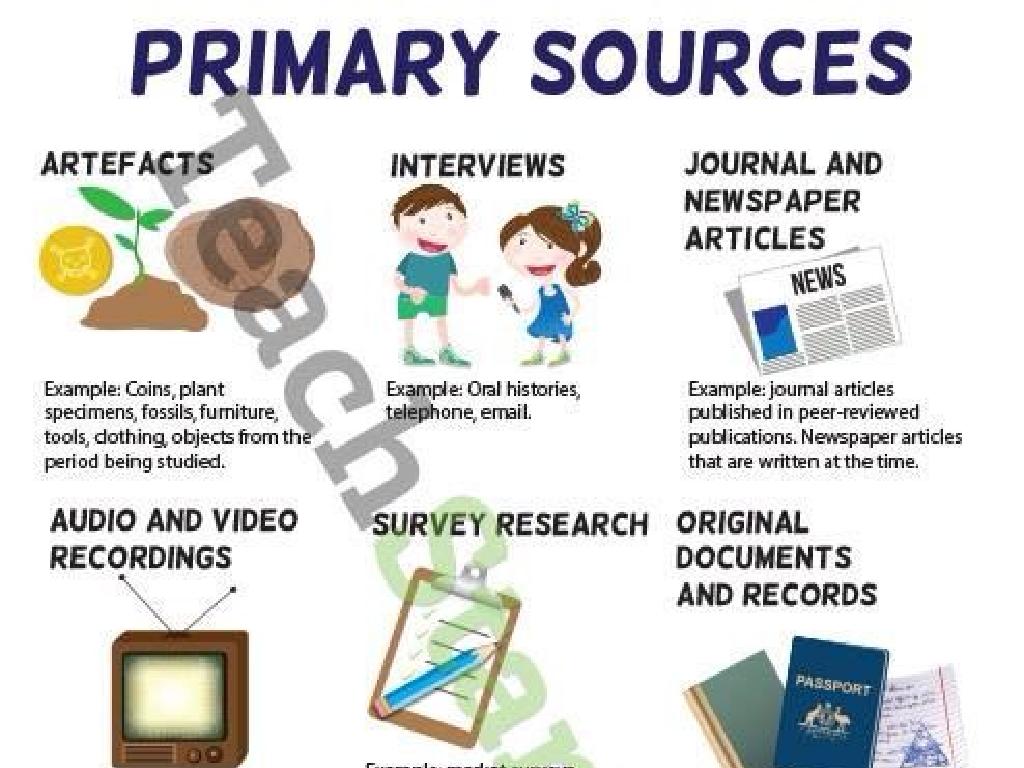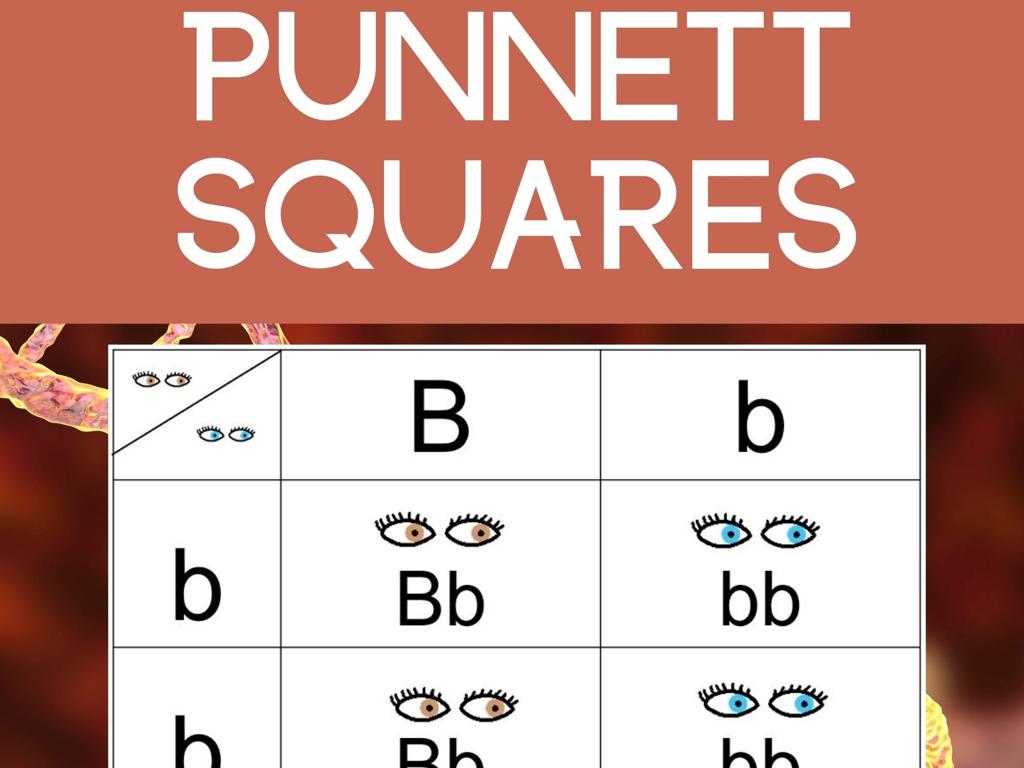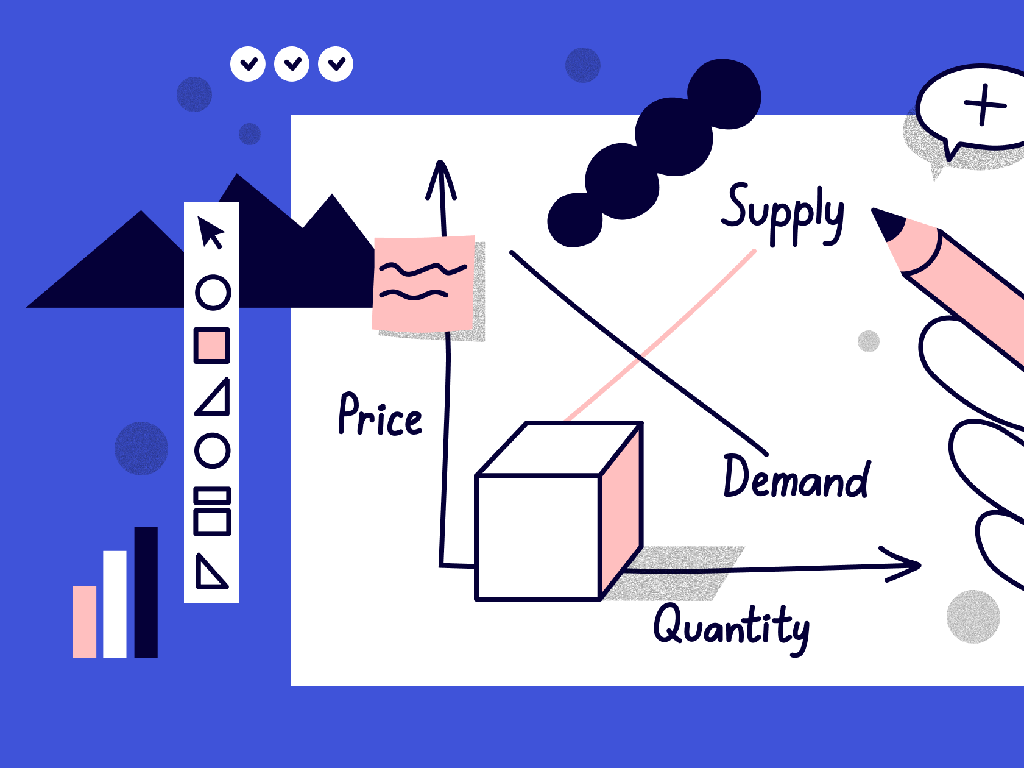Count Atoms And Molecules In Chemical Reactions
Subject: Science
Grade: Eighth grade
Topic: Chemical Reactions
Please LOG IN to download the presentation. Access is available to registered users only.
View More Content
Counting Atoms & Molecules in Chemical Reactions
– Basics of chemical reactions
– A process where substances change to create new ones
– Substances’ interaction in reactions
– Reactants transform into products through bonds breaking and forming
– Focus: Counting atoms & molecules
– Learn to tally the number of each atom before and after the reaction
– Significance of accurate counting
– Ensures the Law of Conservation of Mass is followed
|
This slide introduces the fundamental concept of chemical reactions, where students will learn how substances interact and transform into new products. Emphasize the importance of understanding the reactants and products involved in a reaction. Today’s lesson will focus on counting atoms and molecules to ensure students grasp the concept of the conservation of mass during chemical reactions. Accurate counting is crucial as it reinforces the principle that matter is neither created nor destroyed, only transformed. Encourage students to practice with various chemical equations to become proficient in identifying and counting atoms and molecules.
Atoms & Molecules: The Building Blocks
– Atoms: The basic units of matter
– Molecules: Groups of atoms bonded together
– Their role in chemical reactions
– Atoms rearrange during reactions to form new substances
– Examples of atoms and molecules
– H2O (water), O2 (oxygen), CO2 (carbon dioxide)
|
This slide introduces the fundamental concepts of atoms and molecules, which are essential for understanding chemical reactions. Atoms are the smallest units of matter that retain the properties of an element, while molecules are compounds formed when two or more atoms bond together. In chemical reactions, atoms are not created or destroyed but rearranged to form new molecules. Provide examples of common atoms like hydrogen (H), oxygen (O), carbon (C), and molecules such as water (H2O), oxygen gas (O2), and carbon dioxide (CO2). Emphasize the importance of counting atoms and molecules to balance chemical equations and predict the outcomes of reactions. Encourage students to think of other examples and how the rearrangement of atoms leads to the diverse substances we encounter in our daily lives.
Balancing Chemical Equations
– Importance of balancing equations
Ensures the same number of atoms of each element are on both sides of the equation.
– Law of Conservation of Mass
Matter is neither created nor destroyed in a chemical reaction.
– Steps to balance equations
Identify reactants and products, count atoms, and adjust coefficients.
– Practice with examples
Balance H2 + O2 -> H2O. Start by balancing H and O atoms on both sides.
|
Balancing chemical equations is crucial for accurately representing chemical reactions. It’s based on the Law of Conservation of Mass, which states that matter cannot be created or destroyed. To balance an equation, students should first write down the number of atoms of each element present in the reactants and products. Then, they adjust the coefficients the numbers in front of the chemical formulas to ensure that the number of atoms for each element is equal on both sides of the equation. Provide several examples for students to practice, starting with simple equations and gradually increasing complexity. Encourage students to work in pairs or groups to discuss their strategies for balancing equations.
Counting Atoms in Chemical Reactions
– Identify different atoms in equations
– Recognize each unique element present
– Count atoms on both sides
– Ensure equal atoms of each element on reactant and product sides
– Practice with H2 + O2 -> H2O
– Example: 2 H2 + O2 -> 2 H2O (2 Hydrogen molecules plus 1 Oxygen molecule yield 2 water molecules)
– Balance to conserve mass
|
This slide introduces the concept of counting atoms within a chemical equation, a fundamental skill in understanding chemical reactions. Start by identifying different atoms, using the practice example to highlight how to count the number of hydrogen (H) and oxygen (O) atoms on both sides of the equation. Emphasize the law of conservation of mass, which states that atoms are neither created nor destroyed in a chemical reaction, hence the need for the same number of each type of atom on both sides of the equation. The practice example should be used to demonstrate how to balance a simple equation, showing that 2 molecules of hydrogen react with 1 molecule of oxygen to produce 2 molecules of water.
Counting Molecules in Chemical Reactions
– Understanding molecules in equations
– Molecules are groups of atoms bonded together, represented in equations.
– Coefficients indicate molecule count
– The number before a molecule (coefficient) shows how many are present.
– Practice: 2H2 + O2 -> 2H2O
– For 2H2 + O2 -> 2H2O, there are 2 molecules of H2, 1 of O2, making 2 of H2O.
|
This slide introduces the concept of counting molecules within a chemical equation, which is crucial for understanding chemical reactions. Molecules are represented by their chemical formulas in equations, and the coefficients (numbers placed before the molecules) indicate the number of molecules involved in the reaction. Using the example 2H2 + O2 -> 2H2O, explain that there are two molecules of hydrogen gas (H2) reacting with one molecule of oxygen gas (O2) to produce two molecules of water (H2O). This practice example helps students visualize the conservation of atoms and the stoichiometry of the reaction. Encourage students to work through additional examples to become comfortable with counting molecules in various chemical equations.
Complex Chemical Equations: Counting Atoms
– Count atoms in complex equations
– Break down compounds into individual elements
– Tips for large numbers of atoms
– Use coefficients to count atoms efficiently
– Group practice with a glucose reaction
– C6H12O6 + 6O2 -> 6CO2 + 6H2O: Count and compare atoms before and after the reaction
– Balance and understand the equation
– Ensure the same number of each atom type on both sides of the equation
|
This slide aims to build on students’ understanding of counting atoms in simple chemical equations by applying those skills to more complex reactions. Emphasize the importance of breaking down compounds into their constituent elements and using coefficients to count atoms, especially when dealing with large molecules or many molecules. The group practice involves the combustion of glucose, a common biological reaction. Students will count the atoms of carbon, hydrogen, and oxygen on both sides of the equation to ensure it is balanced. This exercise will help them visualize the conservation of mass in chemical reactions and understand the stoichiometry involved. Encourage students to work together and discuss their counting strategies, fostering collaborative learning.
Class Activity: Balancing Chemical Equations
– Work in pairs on equation balancing
– Balance the provided chemical equations
– Share your solutions with the class
– Discuss challenges encountered
|
This activity is designed to reinforce students’ understanding of balancing chemical equations. Students should work in pairs to encourage collaboration and problem-solving. Provide a set of chemical equations of varying difficulty for them to balance. After they have attempted to balance the equations, have each pair share their answers with the class and discuss any difficulties they encountered. This will help them learn from each other and clarify common misconceptions. As a teacher, be prepared to guide them through the process and offer hints or strategies as needed. Possible activities could include balancing equations with simple diatomic molecules, combustion reactions, or more complex organic chemical reactions.
Conclusion: Counting Atoms & Molecules
– Recap on counting atoms
– Review how to tally atoms in reactants and products
– Significance of balanced equations
– Balanced equations reflect the law of conservation of mass
– Open floor for Q&A
– Encourage curiosity and participation
– Asking questions deepens understanding
|
As we wrap up today’s lesson, it’s crucial to revisit the key concepts of counting atoms and molecules in chemical reactions. Emphasize the importance of balancing chemical equations, as it ensures that the same number of atoms is present on both sides, adhering to the law of conservation of mass. Encourage students to ask questions or seek clarification on any aspect of the lesson they may find challenging. This Q&A session is not only a chance to address uncertainties but also to foster a classroom environment where curiosity is valued and students feel comfortable participating actively. Prepare to provide examples or further explanations if needed, and consider using this time to assess student comprehension.






